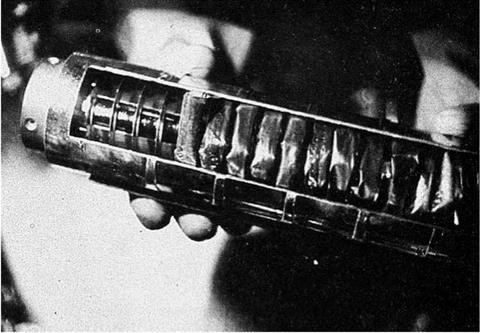ACHIEVEMENTS OF THE SOVIET AUTOMATIC PROGRAMME FOR LUNAR EXPLORATION
Although the Soviet Union lost the race to the moon, a considerable body of knowledge of the moon was accumulated by the Soviet space probes that flew there over the years 1959-1976. The following is a broad outline of the type of scientific information collected:
• Maps of the farside and limbs of the moon were compiled on the basis of photographs taken by the Automatic Interplanetary Station, Zond 3 and the Zond 5-8 missions. Mapping of selected areas of the nearside was carried out by Luna 12, 19 and 22.
• The environment of near-moon space was characterized by the orbiting missions: Luna 10-12, 14, 19 and 22. Data were obtained on the levels of solar and cosmic radiation, cosmic and solar particles and gravitational fields. The moon’s surface was studied from orbit by instruments on Luna 10, 11, 12 and 18.
• The moon’s gravitational field was first mapped by Luna 10, then in detail by Luna 14 and refined by Luna 19 and 22.
• Attempts to identify and then measure the moon’s magnetic field were made by the First and Second Cosmic Ships.
• The chemical characteristics, composition and density of moonrock were determined in situ by Lunokhod and Lunokhod 2 and through samples brought back to Earth by Lunas 16, 20 and 24. The lunar samples, although small, were shared internationally.
• The physical properties of the surface were determined by Luna 13 and the two Lunokhods (RIFMA).
• Precise distances between Earth and the moon were measured by laser reflectors on Lunokhods 1 and 2.
• Radiation levels and temperatures on the surface of the moon were measured by Luna 9, 16, 20, 23 and 24.
• The nature of the lunar micro-atmosphere was measured by Lunokhod.
• The effects of Earth-moon space on animals and other biological samples, especially in respect of radiation, were measured by Zond 5 and 8. These remain the only (non-human) lunar biology missions.
As a result of the American and Soviet efforts, the moon became, unsurprisingly, the best known body in the solar system after our own Earth. With such an improved level of knowledge, the scientific case for returning to the moon became more and more difficult to make, granted our much less comprehensive knowledge of the inner planets Mercury, Venus and Mars and the outer planets. In fact, the moon still had many surprises in store, as the American Lunar Prospector was to prove as it began to search for ice. Scientific instruments by the new century were now able to return much more sophisticated data and at a much higher rate than had been possible in the 1960s, opening up further possibilities for scientific exploration. Miniaturization made it possible for smaller spacecraft to be launched on much less expensive rockets.
|
The last achievement – Luna 24 core sample |











